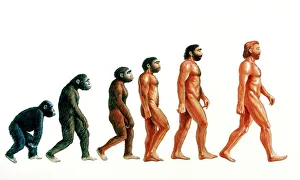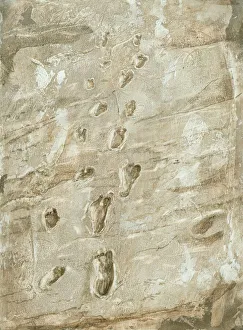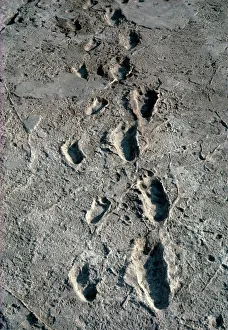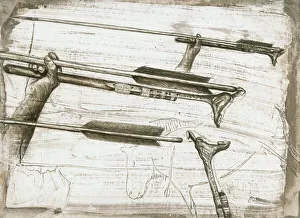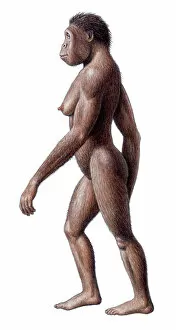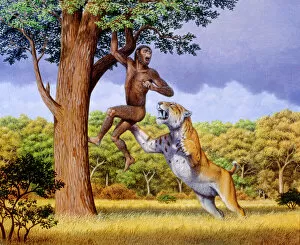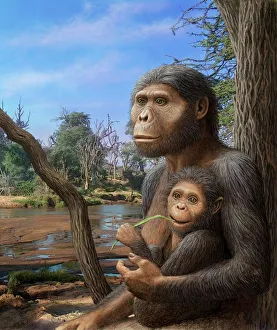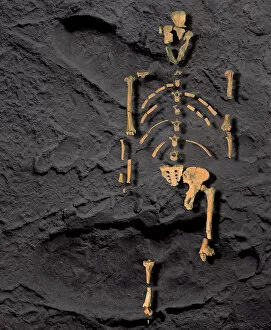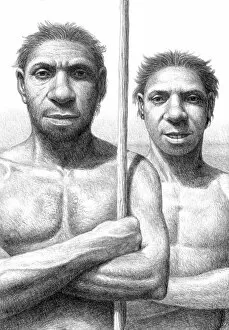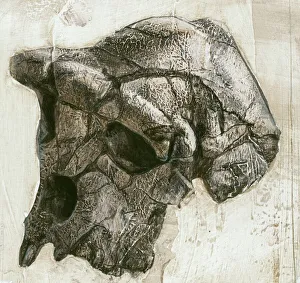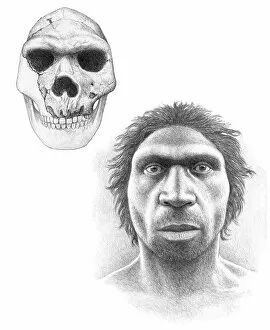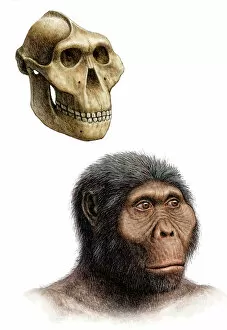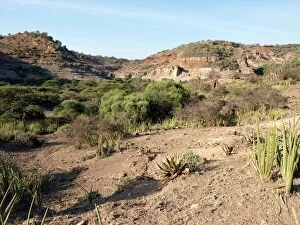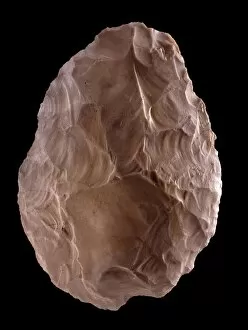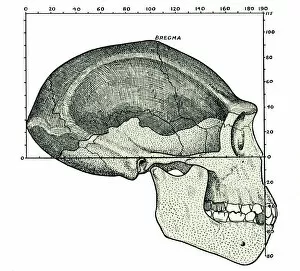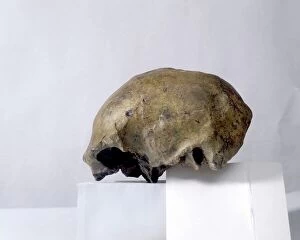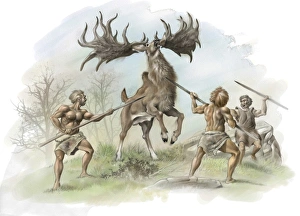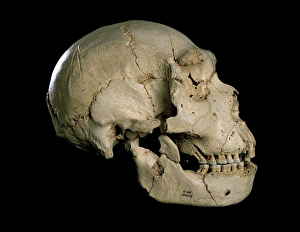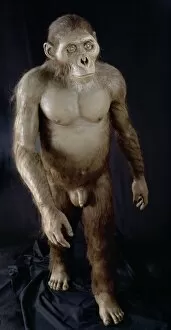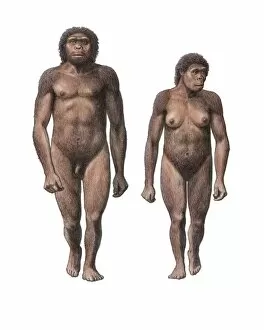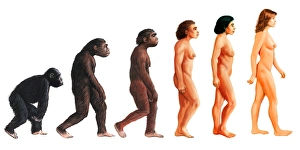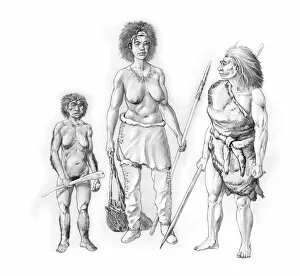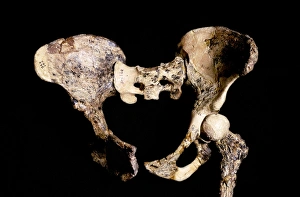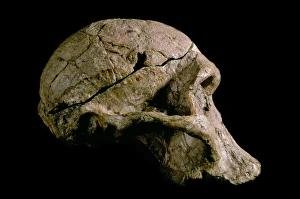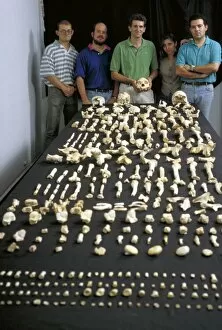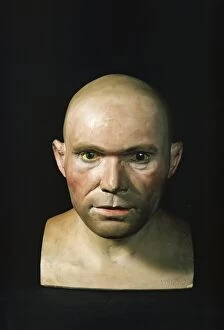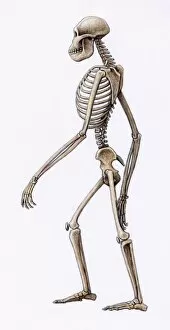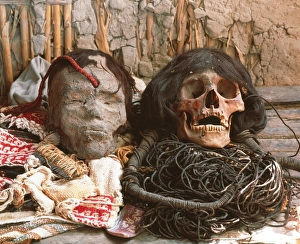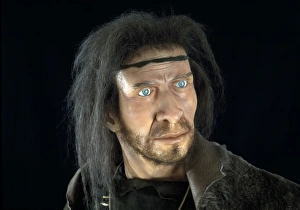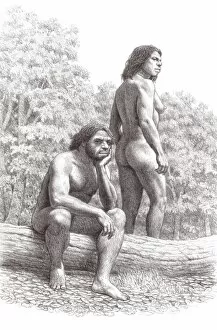Fossil Man Collection
"Fossil Man: Unraveling the Enigmatic Journey of Human Evolution" Embarking on a captivating journey through time, we explore the remarkable story of "Fossil Man
All Professionally Made to Order for Quick Shipping
"Fossil Man: Unraveling the Enigmatic Journey of Human Evolution" Embarking on a captivating journey through time, we explore the remarkable story of "Fossil Man. " From the Trail of Laetoli footprints to the stages in human evolution, these ancient remnants offer glimpses into our distant past. Imagine witnessing early humans walking across volcanic ash some 6 million years ago – an awe-inspiring sight preserved by the Laetoli fossil footprints. These tracks, attributed to Australopithecus afarensis, reveal their bipedal nature and shed light on our evolutionary path. Delving deeper into prehistory, we encounter a fascinating artifact – a prehistoric spear-thrower. This tool showcases our ancestors' ingenuity and resourcefulness as they adapted to their environment for survival. Artwork depicting Australopithecus africanus provides us with vivid imagery of this female hominid species that once roamed Africa. Their existence offers valuable insights into our ancestral lineage and helps bridge gaps in understanding human evolution. Intriguingly, we stumble upon a scene frozen in time – a scimitar cat attacking a hominid. This artwork reminds us of the challenges faced by early humans as they navigated treacherous landscapes alongside formidable predators. Continuing along this enthralling expedition, we come across an artistic representation showcasing various stages in human evolution. Witnessing these transformations allows us to appreciate how far humanity has come from its humble beginnings. The footprints and skeleton of Lucy greet us next - one of the most significant discoveries ever made in paleoanthropology. As an Australopithecus afarensis specimen dating back over 3 million years, Lucy's remains provide invaluable clues about our shared ancestry with primates. Further unraveling mysteries buried deep within history is Sahelanthropus tchadensis skull - another pivotal find shedding light on our earliest ancestors.

